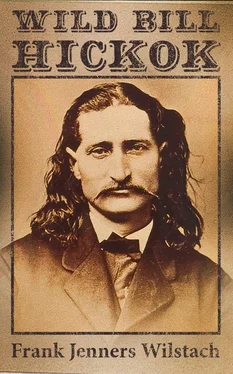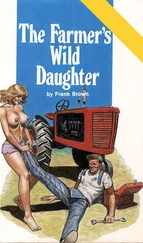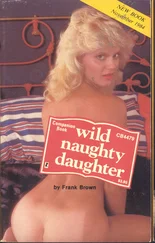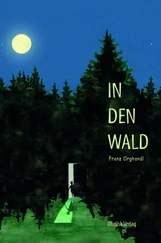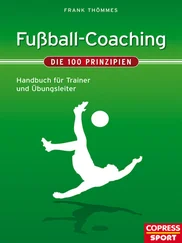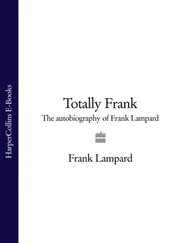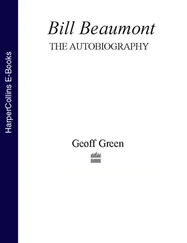“‘I’ve got the horse, saddle and bridle toward becoming a Red Leg, General,’ said the boy quietly, addressing Lane.
“‘You have, indeed. Now see if you can win the arms. I believe you can,’ was Lane’s reply. These were to be shot with pistols and at twenty paces, the best two in three shots, and once more three dead-centre bull’s eyes were scored by Wild Bill. The men now became deeply interested in the youth and watched eagerly for him to come to his third trial, which was to be with a rifle at a moving object a hundred yards off. This object was a round piece of wood painted red, which was to be rolled like a wheel along the ground, and at this three shots were allowed. Just as the man started it in motion, a crow flew over the field above the heads of the crowd, and instantly raising his rifle he fired and brought it down. He then seized the weapon held by Shanghai Bill and throwing it to a level sent a bullet through the red wheel ere it had stopped rolling.”
This sounds almost too good, but the same story has come from various sources much after the same fashion. Indeed, if there was not a conspiracy of the time to hoist Wild Bill on to a purple throne of shining glory as a pistoleer, we may safely accept it as a fact. Buffalo Bill in rating him above Doctor Carver, whom I used to see perform marvels with firearms, gives him the topmost place among pistol shooters. Any man who could out-shoot Carver was indeed a miracle-worker with powder and balls, and Buffalo Bill made this statement at the time when the redoubtable doctor (who was a dentist) was in his employ and likely to take umbrage if he did not agree with Buffalo Bill. And Carver was no patient violet when his own prowess was put in question. He had a high estimate of his own importance as a pistol and rifle shot, and justly so.
There are, however, stories that gained general currency that are too tall for acceptance. One of these is to the effect that Wild Bill and Charles Utter—known as Colorado Charlie—were once freighting supplies out of Wichita. Utter, somewhat of a wag, had riled a teamster to such a pitch that the angry man hurled a big stone at him, which would have killed him had it hit its mark. But, the story goes, as the missile left the teamster’s hand Wild Bill’s gun flashed. The bullet struck the stone, and turned it from its course. It was a masterly shot and won the applause of all.
No wonder!
And yet Bill made shots only a little less phenomenal. The late Joseph Wheelock, the actor, once told the writer that when he was a young man he had seen Wild Bill stand between telegraph poles and fire simultaneously with a revolver in each hand, hitting both poles. Another of Bill’s feats was to cut a chicken’s throat with a bullet from a distance of thirty paces, without breaking its neck or touching the head or body. He was also wont to amuse his friends by driving the cork into a bottle without breaking the bottle-neck. He was able to hit a dime at fifty paces nine times out of ten. These feats are all the more remarkable when it is taken into account that he fired from the hip without taking deliberate aim.
The old residents of Hays City teem with stories of Bill’s pistolry. One day he was walking along the street when he observed a ripe apple hanging on a tree. Pulling two revolvers from their holsters, he shot with his left hand and nipped the stem. As the apple fell his right-hand revolver pierced it with a bullet. On another occasion he was riding in from the fort with General Custer. Bill pointed out a knot on a telegraph pole, remarking that he wanted to see how many bullets he could put in it as he rode by at a gallop. He fired all six chambers of his revolver, and every bullet hit the knot. This telegraph pole was pointed out for many years by the residents of Hays City as an example of Bill’s remarkable marksmanship.
During the last years of his life, according to Ellis T. Peirce, Bill used two Colt’s-45 calibre cap-and-ball revolvers without triggers. He was a pulse shot. When he grasped the butt of his revolver his thumb would rest on the hammer, and the instant he had drawn the weapon clear of the holster its own weight would cock it. Bill had only to lift his thumb—and there was another death to record. The hammers were ground smooth so they would slip easily under the thumb when pressure was removed.
Both of these famous guns have disappeared. Wild Bill was wearing a new revolver when killed at Deadwood, a large Smith & Wesson. The ivory-handled gun found on his body was taken by Charlie Storm, a Jewish gun-fighter of Deadwood, when the latter went south to fight Luke Short. But Short was too quick on the draw, and Storm is still down there! Charlie Utter, Wild Bill's companion in Deadwood, took the Smith & Wesson for a keepsake, and Wild Bill's Sharps rifle was buried beside him.
CHAPTER II
ANCESTRY AND EARLY MANHOOD
Table of Contents
Ames Butler Hickok, known to fame as Wild Bill, did not indite sonnets. His penchant did not lie in that direction. His conversation, so far as is known, was not a Kimberley which flashed epigrammatic diamonds. He was withal a reticent man. As for letters, there are but few extant. Yet his fame, after his body has rested for nearly fifty years in the little cemetery at Deadwood, South Dakota, is as glowing as on the day he was lowered into the grave by a few devoted friends. And when the history of those lurid times finally is written, Wild Bill and his forthright pistols will supply material for many a thrilling and astounding page.
Fully to understand such a character, it is necessary to be acquainted somewhat with the environment in which he was born. In the middie of the 19th Century, that vast territory comprising hundreds of thousands of square miles, extending westward from the Missouri River to the Rocky Mountains, from the Mexican border on the south to the Canadian line on the north was, in the language of the times, a howling wilderness. The howling was done, in the main, by prowling Indians, ravenous wild animals and their victims. It has been computed that, as late as 1869, there were ten million roving buffalo as well as sixty thousand hostile Indians on the plains. For a white man to venture alone into that vast area was a perilous adventure.
The change from wilderness to the present calm began with the discovery of gold in California. Immediately there followed long and hazardous journeys of wagon trains across the plains; the coming of vast herds of long-horned cattle from Texas in search of new grazing fields; the hurried building of the Southern and the Central Pacific transcontinental railroads; the swift annihilation of the immense herds of buffalo, and finally the subjugation of the hostile Indians. All these stirring events were crowded into a period of thirty years.
During that chaotic time, wherever white men were to be found in the newly inhabited territory—especially at such jumping-off places as railroad terminals, like Dodge City, Abilene, Hays City, and Cheyenne—there thrived a particularly evil assortment of gun-toting gamblers; merry and reckless cowboys in from the vast unfenced ranges for a few days of untrammelled fun and frolic; a plentiful supply of deplorably wanton ladies of dance-hall and bagnio, and the everpresent bad man, whether cowboy, gambler, or outlaw, with his flashing pistols.
There was no such thing as civilized order at the beginning; every man, with his smoking hardware, was judge, jury, and executioner. The quickest and deadliest shot survived the longest. Out of this welter of lawlessness came such good men and bad men as Wild Bill Hickok, John Wesley Hardin, Bill Longley, Bat Masterson, Sam Bass, Doc Holliday, Buffalo Bill Cody, Billy the Kid, Texas Jack Omohundro, Virgil and Wyatt Earp, Soapey Smith, Pat Garrett, John Selman, Gyp and Mannen Clements, Dick Ware, George Scarborough, and others of lesser note. All of this merry crew, with the exception of Wyatt Earp, have been called in by the Great Spirit. Each provided, according to Owen P. White, a halo of six-shooter smoke of his own manufacture. It was truly an era of hilarious tragedy.
Читать дальше
